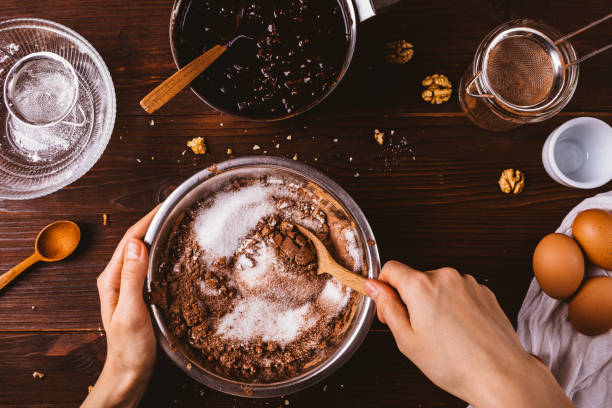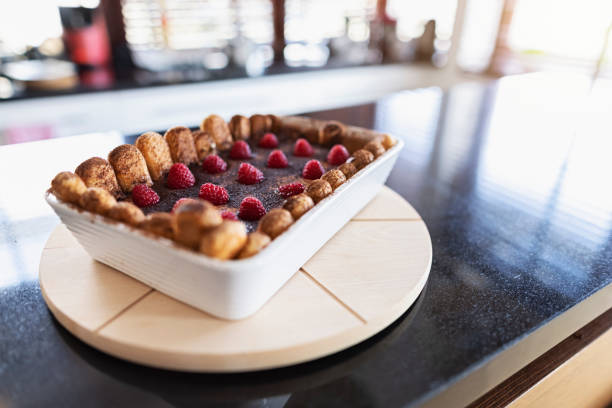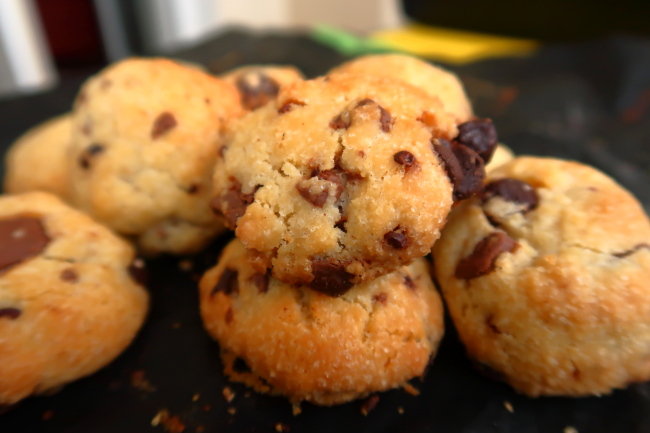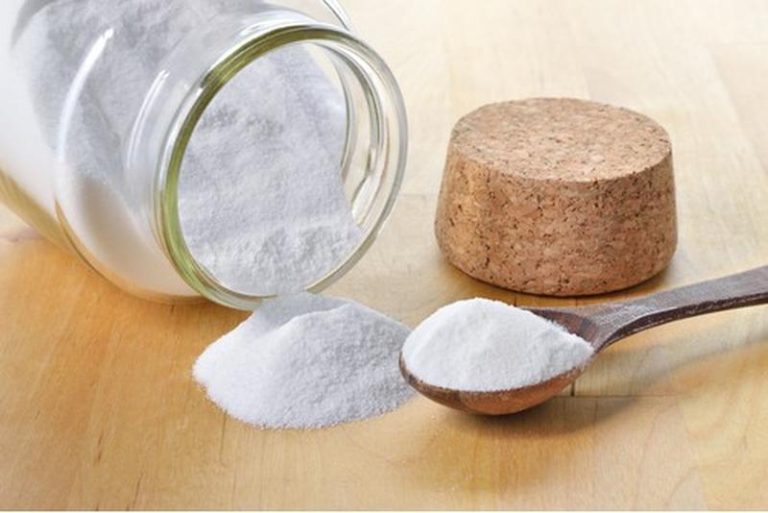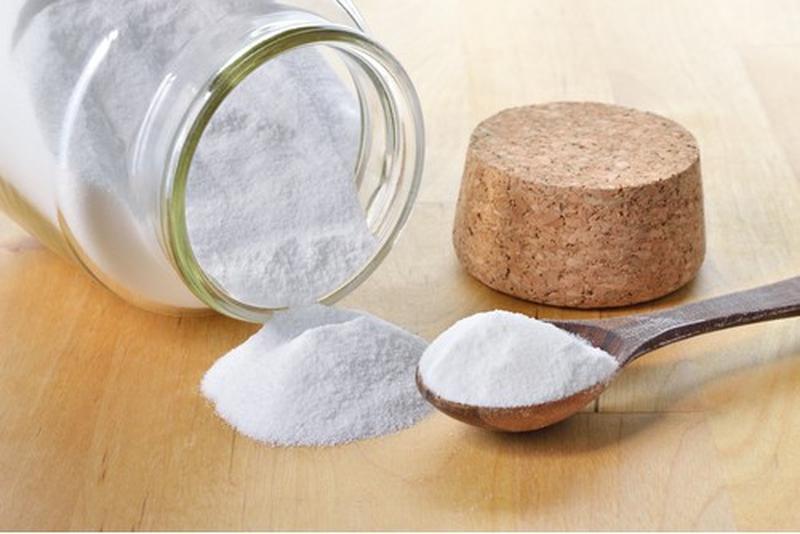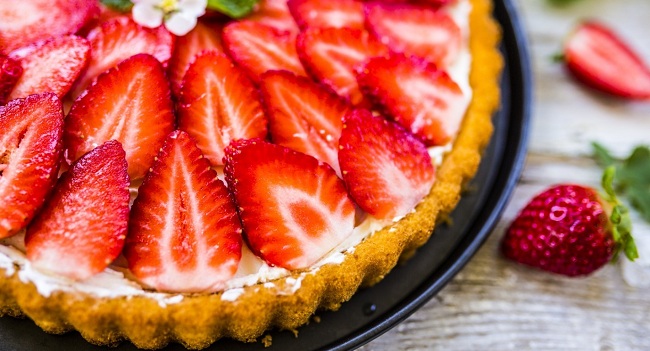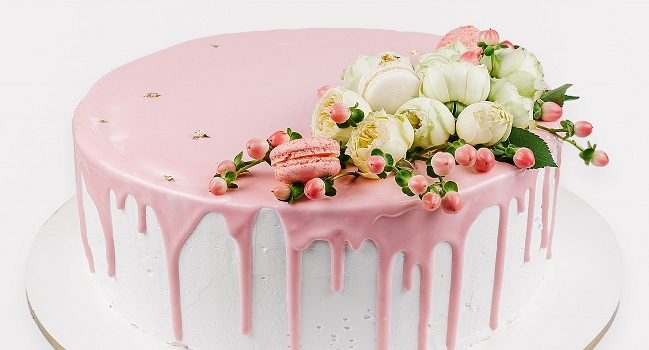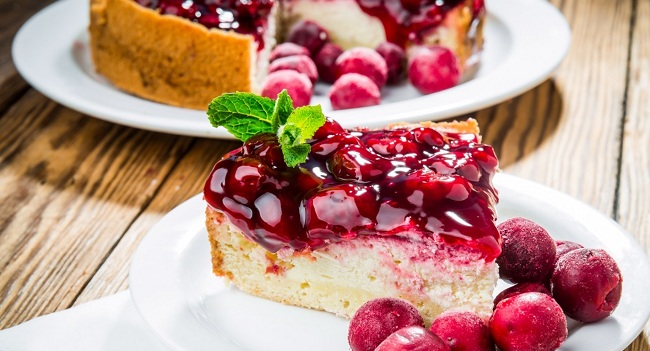You don’t have to be vegan to want to give up eggs. Substituting them isn’t difficult, but which vegan egg substitute is best for what? Foodnerdy has put together a range of foods and products that you can use to easily replace eggs.
In principle, vegans do not consume any animal products – and of course no eggs either. But many vegetarians or omnivores also want to consume fewer or no eggs. There are numerous reasons for this: On the one hand, there are the problematic housing conditions for laying hens. On the other hand, both changing nutritional recommendations and regular egg scandals unsettle us as to whether eggs are really that healthy.
6 ideas for vegan egg substitutes
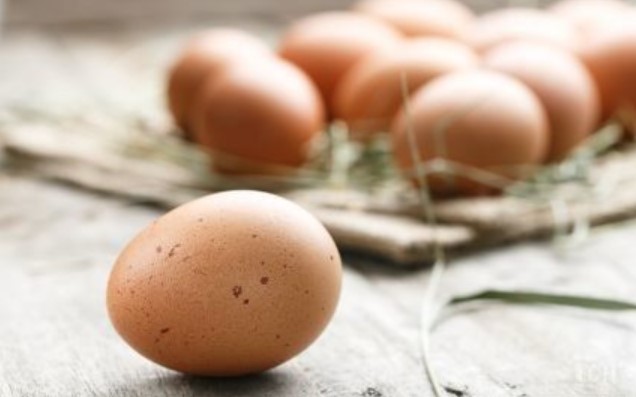
If you are looking for a vegan egg substitute for the kitchen, you have many options. Only the “classic” boiled egg cannot be conjured up with plant-based alternatives. For everything else there are – among others – the following tricks and products.
Fruit puree from avocado, banana, apple sauce replaces eggs
As a binder when baking, fruit puree is ideal as a vegan egg substitute. Pureed avocados are preferred in savory dishes as “vegan eggs”, mashed bananas or apple sauce in baking.
Fruit purees are one of the easiest ways to replace eggs: after all, you can buy fruit everywhere and you can easily make applesauce yourself.
When it comes to quantity, it means experimenting a bit. The amount of fruit puree you need to replace an egg depends on the other ingredients and the method of preparation. Generally speaking, half a mashed banana or a tablespoon of applesauce replaces one egg. While you can often taste bananas as a vegan egg substitute, applesauce is relatively tasteless.
Incidentally, an “egg” can also be prepared with avocados as a topping for bread: For this, you need the Indian salt “Kala Namak” for the avocado, which contains hydrogen sulfide and therefore tastes like eggs. You can find it in health food stores or health food stores. This salt is also suitable, for example, to create an egg taste in the salad – or even to prepare vegan “scrambled eggs”.
Tip: If the recipe calls for egg whites, then there are (at least) two options: either a mixture of sparkling water, oil, flour, and baking powder – or “aquafaba”, chickpea water.
Linseed as a vegan egg substitute for savory pastries
Flaxseed is a suitable vegan egg substitute for bread and other savory pastries. Linseed is available in health food stores and health food stores, but also in the bakery section of the supermarket. About one tablespoon of flaxseed mixed with three tablespoons of water equals one egg.
Chickpea flour and soy flour mixed with water (two tablespoons of flour to two tablespoons of water) are also suitable as binding agents in baked goods.
Tofu – egg substitute also for vegan “scrambled eggs”
As a tasty egg substitute, tofu is suitable for the preparation of vegan “scrambled eggs”. There are countless different ways to do this. The type of tofu used and the other ingredients depend on individual taste.
To replace an egg in the batter when baking, puree about 75 grams of silken tofu and mix it into the batter. Pureed silken tofu is also suitable as an egg alternative in quiches or casseroles, as it sets like real eggs. You can even use it for cream desserts – but then you should balance the grainy soy taste with something sour.
Tofu is now available in almost every supermarket, but you can definitely buy it in all sorts of variations in health food stores and health food stores.
“Scrambled eggs” made from chickpeas and pasta
This vegan egg substitute is a bit more complex than just using tofu:
To do this, puree the cooked pasta until it is chunky.
Then you puree chickpeas with turmeric until a creamy mass forms.
You mix both and season the mass (very important for egg taste: Kala Namak).
Then you fry the whole thing in a pan with onions and vegetables as “scrambled eggs”.
Tip: Without heating it is more of a vegan “egg salad” (vegan mayo is also suitable).
Vegan egg substitute powder: the all-rounder?
You can get powdered vegan egg substitutes in many health food stores, organic shops or online shops. You can find a large selection of organic egg replacers at Vekoop, Vantastic Foods or Amazon, for example.
In our taste test, you can find out how vegan egg substitute in powder form can taste in the end using Greenforce’s “Easy to mix vegan egg” as an example.
Mix the powder with water, depending on the amount you need, and then add it to the other ingredients. This egg substitute is suitable for both sweet and savory dishes.
If you want an egg substitute powder, we at Utopia recommend organic products. Because organic cultivation protects soil, water and biodiversity. Incidentally, some products contain ingredients from palm oil (e.g. monoglyceride), which we also view critically. In a test, the consumer advice center also criticized the fact that most egg substitute powders contain hardly any nutrients. They contain all sorts of additives such as thickeners, emulsifiers and acidifiers.
Egg snow without eggs
By the way, you can use chickpea water (the water from a glass/can or the water that is left over after boiling dried chickpeas) to make vegan beaten egg whites – it will be just as firm as real ones. All you have to do is froth the chickpea water with a whisk or hand mixer and add a little baking powder or locust bean gum. The whole thing is called aquafaba – or vegan egg snow.
The vegan egg is “none”
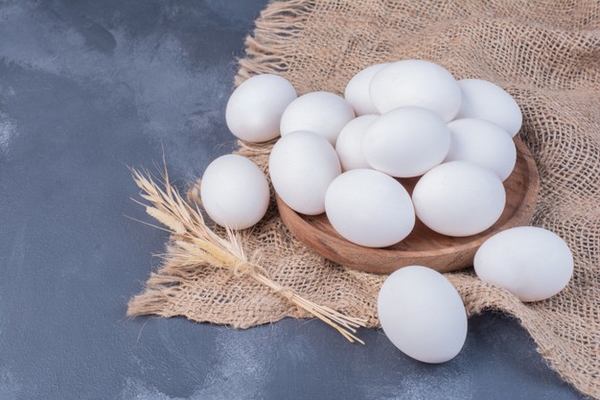
Incidentally, it doesn’t always have to be an egg or a vegan egg substitute: We’ve found that in many recipes that call for an egg, you can simply omit the egg entirely or replace it with oil or a plant-based drink at the end, especially with the Bake. Just try it!
